
Since its inception photography has been inseparable from the world of politics where image is crucial. For most presidential candidates, controlling that image has become essential to their message. In a new series called Seeing Politics, TIME LightBox examines political photography throughout the 2016 campaign in profiles, features, and analytical pieces.
Growing up as a young Jewish boy In Iowa Jeff Jacobson was always drawn to uncovering an alternative history. “I was born in 1946, so I grew up in the ‘50s,” says Jacobson. “It was Eisenhower, it was McCarthy, and I knew that there was an alternative narrative that wasn’t being told, that was different from the official narrative. I remember as a kid I would go to the library and I would get biographies of Indian chiefs. I knew from a very young age that the Indians were not the bad guys. I was kind of the odd one out. I kind of would remove myself into the woodwork to watch. And it turned out to be great training to be a photographer.”
Jacobson’s analytical perspective led him to a career working as a lawyer for the American Civil Liberties Union, but soon, practicing the law became unbearable. That’s when he picked up photography as a hobby to distract from his work. Around 1974 he eventually signed up for a workshop with master photographer and former Magnum Photos president, Charles Harbutt. “That was it. After that workshop I decided, I’m going to try to make this my life,” he says.
In late 1975, George Wallace was running for president again and Jacobson attended a rally that became a revelation for him. “I thought I was in Nuremburg, that’s what it reminded me of,” he says.
His curiosity led him to document America through its political process for the next decade. The work was later brought together for his now influential book My Fellow Americans. When describing the lens he saw the country through, Jacobson says, “I felt like Hunter S. Thompson I guess, more than anybody. I felt like I was doing Gonzo journalism. That’s what I was seeing and feeling, that real underbelly of the political system and the ludicrousness of it. And I just had absolute freedom to photograph it. And it was very liberating.”
He decided to trade his old Volvo to a friend for a VW Camper van and followed the campaign across America. “When I first started shooting, the spectacle of it was fascinating to me,” says Jacobson. During the late 70s within the political turmoil of Watergate and under the influence of the great photographers Weegee and Garry Winogrand, Jacobson began to create a visual signature for himself. He captured politics in vibrant colors by using a strobe flash in a time of mostly black and white imagery. His early photos record the chaos of the political landscape in harsh light searing every fake smile and gaudy decoration into place. “I was seeing what was underneath the conscious mind of America. Whenever a country, or a person, projects a noble holier than thou image, you can damn well bet that there is a darker, unintegrated piece underneath that is then projected out onto the world,” he says. “This country is built on the genocide of the natives and enslavement of Africans, just for starters, not such a rosy picture.”
Intuition and curiosity are at the core of what drives his work. “It’s very non-conceptual,” he tells TIME. “And journalism can tend to be conceptual and the art world has become very conceptual.”
Today, Jacobson teaches workshops for younger photographers who want to cover the current political landscape. His teaching is primarily done through editing and giving immediate feedback to small groups of students. “I used to call my workshops ‘Where Do You Stand?’ Each day they can see how they’re moving and how they’re shooting and start to change it,” he says.
Jacobson believes that the key to great photography is movement. “It’s actually a lot like dance, or it’s a lot like theater,” he says. “In these kinds of situations moving becomes crucial. How do you move, when do you move, where do you move to? How do you move in a way that doesn’t disrupt the situation?”
Many photographers have been inspired by Jacobson’s approach but, he says, only Mark Peterson has mastered it. “[He’s] the person shooting politics today that is a logical extension of what I was doing,” he says.

For Peterson, “Jeff was breaking new ground and he set the table for what you can do with color,” he says. “At the time you were locked into using slide film, and by dragging the shutter, using a strobe and allowing all that light to come in, he showed that energy. His work brings all the chaos into the frame. That elephant image from My Fellow Americans is burned into my brain and it made me see what you can do with a political image.”
Jacobson was also a strong influence on Noor photographer Nina Berman. “Like him, I was a transparency shooter, covering American politics,” she tells TIME. “He showed that in small moments, off the main act, around the borders of events, one could discern the ideologies permeating American politics. He did this in a gorgeously weird and playful manner so that the punch of the picture lands gently and lingers through the flash and color.”
That playful aspect, one Jacobson has cultivated over his many years of experience and through his workshops, is at work again as he’s taken a new approach to his most recent shoots in New Hampshire. “I’m not using the flash at all. I’m not using a film camera. I’m using a very small digital camera,” he says. In the photographs one can see the movement in compositions that almost feel like collages as he gets up close to each candidate in the swirl of events. In most of his photos his subjects seem totally unaware of his presence. “One of the many wonderful things about using that little camera, is nobody takes me seriously,” he says. “Nobody thinks I know what I’m doing. Nobody thinks I’m a professional.”
When asked about what he sees in America in his work, he says, “I never set out with any kind of goal in mind to articulate some particular idea. I only find out what idea I’m articulating after I shoot because those ideas come from my pictures. The pictures don’t come from my ideas. I’ve always felt like there’s more to this world than what we see, that things are more complex than that. And I’m always kind of looking underneath.”
Jeff Jacobson is the author of, My Fellow Americans, (University of New Mexico Press), Melting Point (Nazraeli Press), and The Last Roll (Daylight Books). He is hard at work on the fourth, whose working title is The Little Guy, shot on a small point-and-shoot digital camera. You can see more of his work here and find out about his next workshop in Iowa Starting December 4th here.
Paul Moakley is the Deputy Director of Photography at TIME. Follow him on Twitter @paulmoakley.

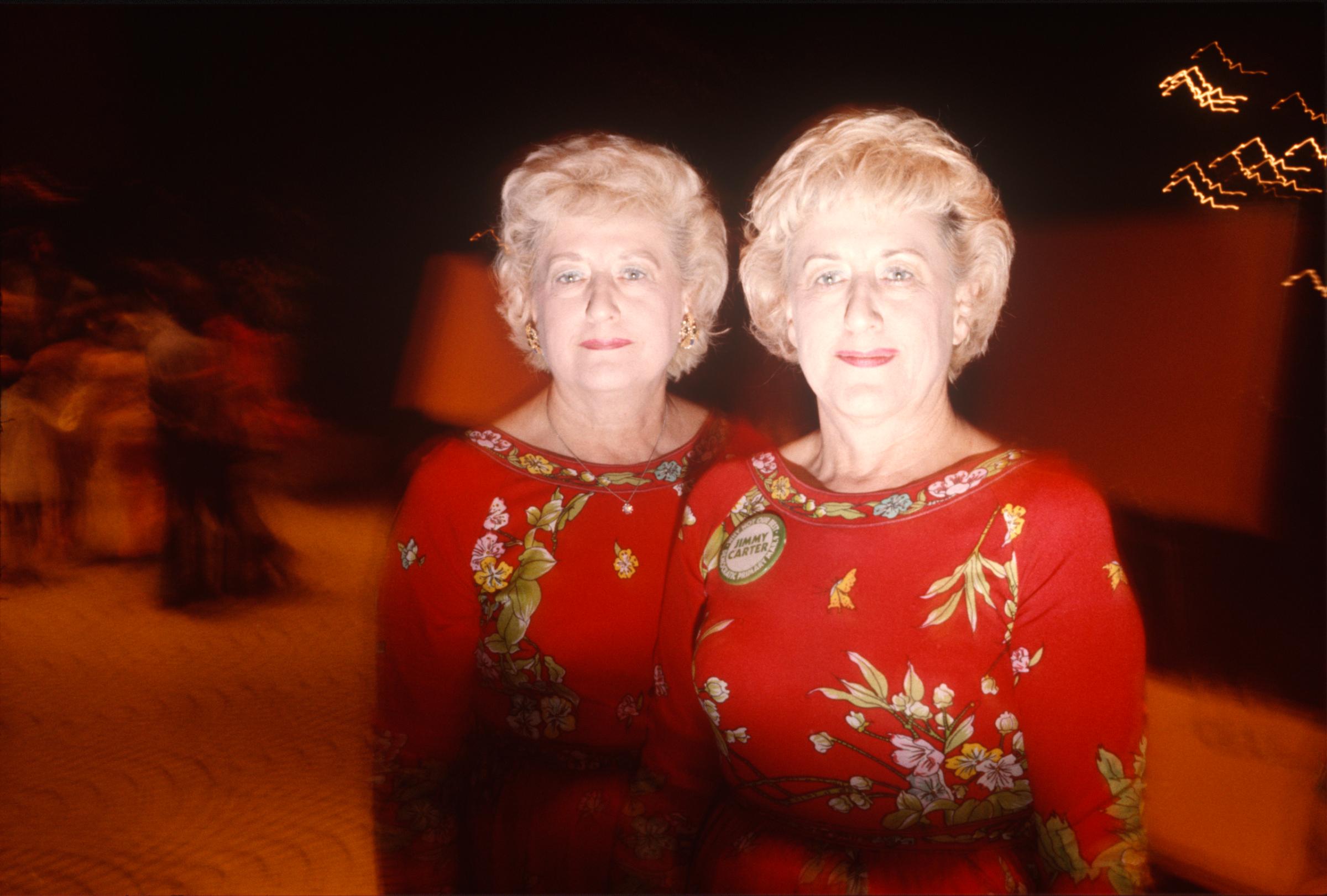
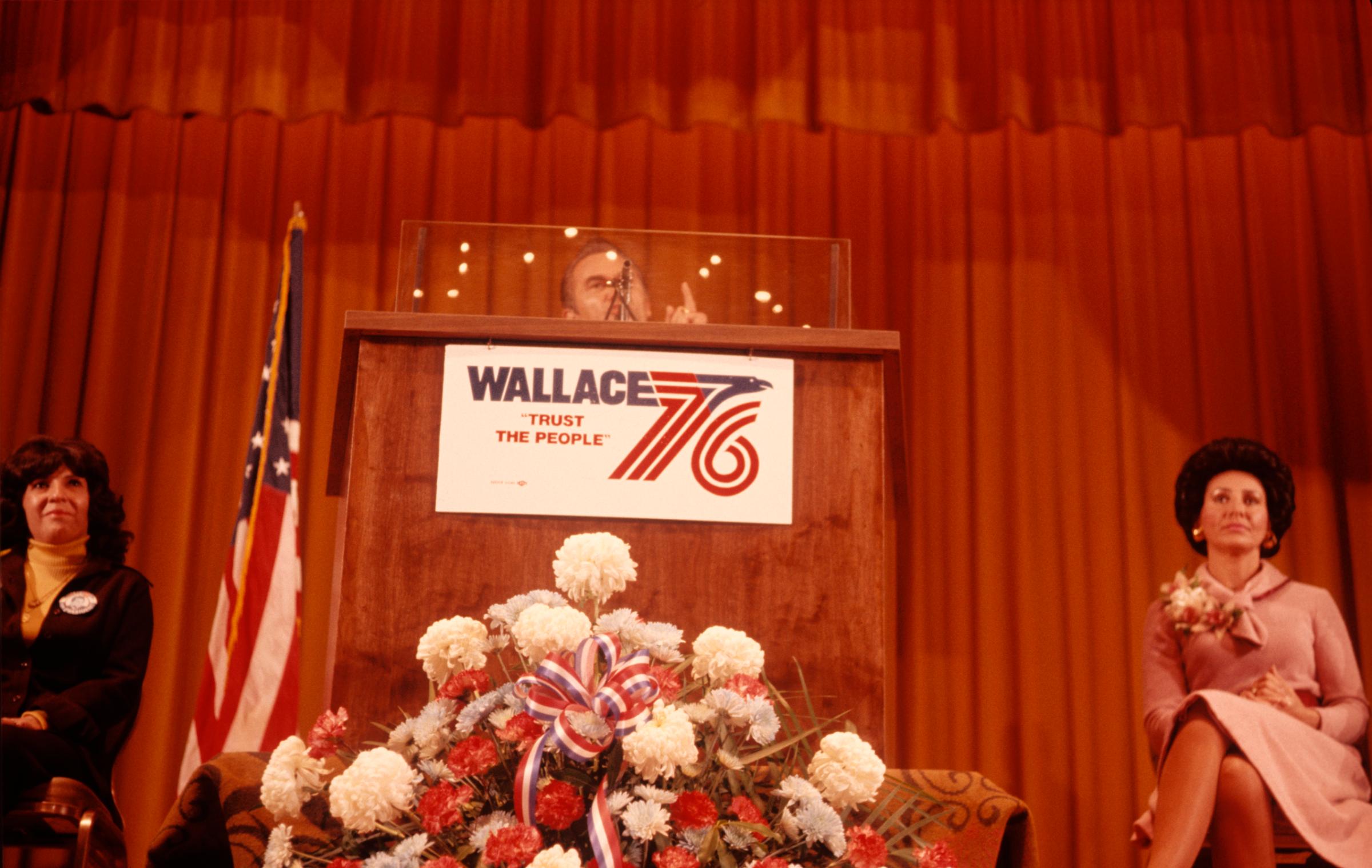




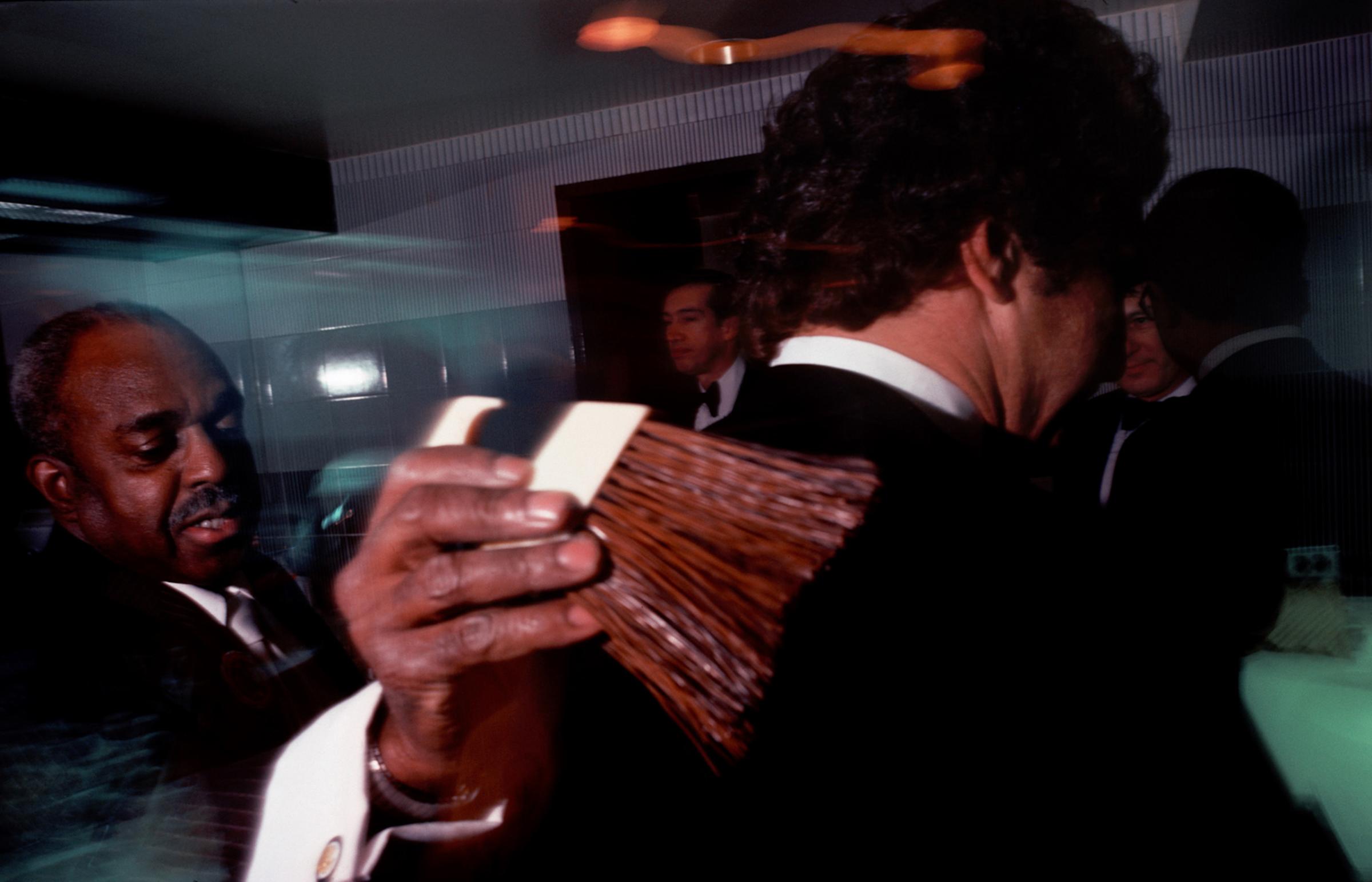




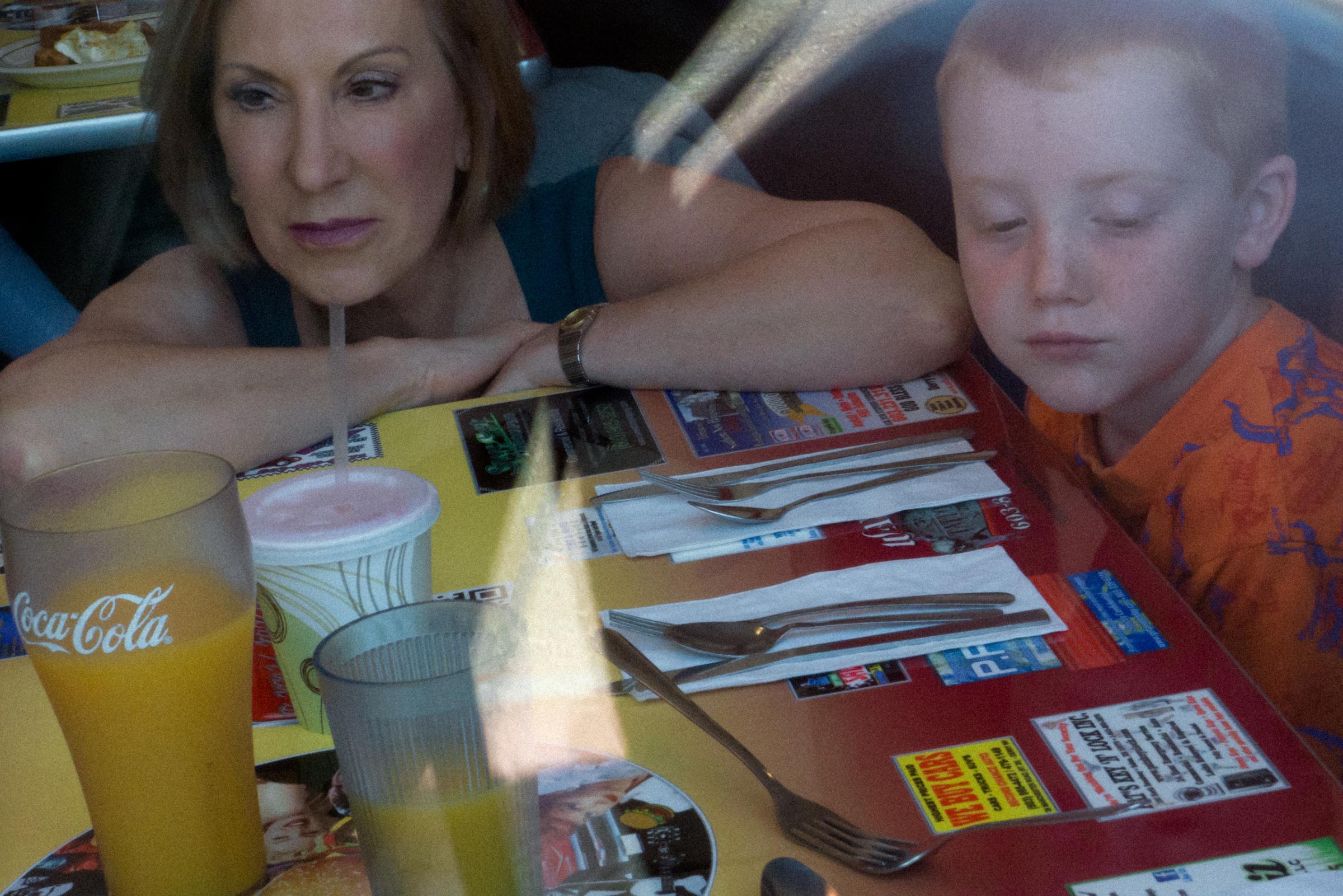

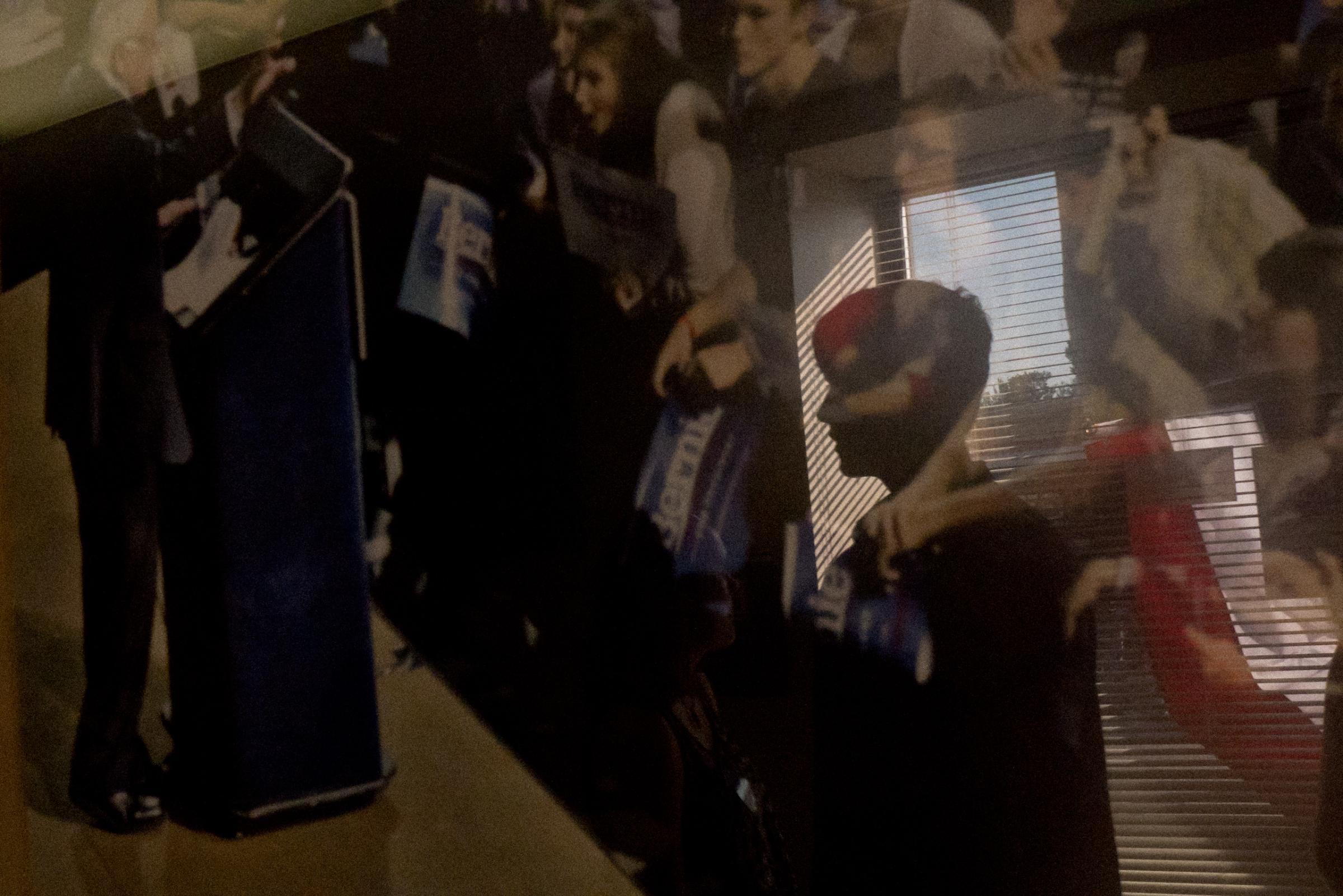
More Must-Reads from TIME
- Donald Trump Is TIME's 2024 Person of the Year
- Why We Chose Trump as Person of the Year
- Is Intermittent Fasting Good or Bad for You?
- The 100 Must-Read Books of 2024
- The 20 Best Christmas TV Episodes
- Column: If Optimism Feels Ridiculous Now, Try Hope
- The Future of Climate Action Is Trade Policy
- Merle Bombardieri Is Helping People Make the Baby Decision
Contact us at letters@time.com